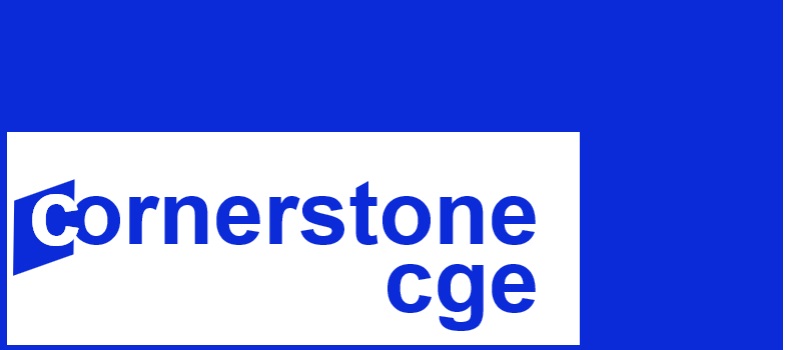Core Concept: Calibration (15 minute read)
Learning Outcome
After completing this lesson, you will know what model calibration means and why it is a preparatory step before running the CGE model.
What is Model Calibration?
Most of us are familiar with some type of calibration. For example, anyone with a printer has to calibrate it before printing documents, to check that the colors and the lines  are in proper alignment. The printer makes any adjustments necessary to produce clean lines and correct colors.
are in proper alignment. The printer makes any adjustments necessary to produce clean lines and correct colors.
CGE models, including the UNI-CGE model, carry out a similar calibration procedure before the model can be used for an experiment. The calibration process uses the data from the SAM and the elasticities to calculate the shift and share parameters in the model's behavioral equations. In the UNI-CGE model, these are the equations that describe consumer demand for imports, producer demand for inputs, and export supply.
When the model is solved using these parameters, its results should exactly reproduce the base data in the SAM. If so, the model accurately describes a baseline equilibrium, and it is ready to be used to run experiments.
What are Shift and Share Parameters?
Shift and share parameters are the calibrated parameters used in behavioral equations that describe consumer and producer decision-making.
As an example, let's examine the shift and share parameters in a Cobb-Douglas production function, in which X is the output quantity, K is the capital input and L is the labor input:
X = A (Ka Lb )
Parameter A is a shift parameter. It is an exogenous parameter in a CGE model that defines the total factor productivity of K and L. Its calibrated value remains fixed at its initial level unless the modeler changes it as an experiment.
It is called a "shift" parameter because an experiment that changes its value shifts the supply curve for some commodity. This experiment is described in Figure 1. Output quantity is measured along the horizontal axis, and the price of the commodity is reported in the vertical axis. Assume a supply curve of S1 describes a producer with a Cobb-Douglas production function. The initial value of A, the productivity parameter, is two. In an experiment, the modeler increases the value of A to 8, which shifts the supply curve outward to S2. The output quantity is now higher for any given price of the commodity.
Figure 1 - An increase in the value of the shift parameter A

Larger image is available HERE.
A share parameter is a calibrated parameter that describes input shares. For example, the exponent a in the Cobb-Douglas production function above is the share of capital (K) used to produce good X, and parameter b is the share of labor (L) used in the production process. Parameters a and b sum to one.
Other calibrated shares in the CGE model are the shares of goods in the consumer's basket, and the shares of exported and domestic goods in output. Like the shift parameter, the calibrated values of share parameters remain at their initial levels.
An Example of Calibration
Using the Cobb-Douglas production function from above, and given the quantity data below, consider this example of a calibration procedure to calculate 1) the share parameters for L and K, and (2) the shift parameter A:
Capital input = 60
Labor input = 40
Output = 200
Solution: a = .4 b = .6 A = 3.92
Now You Try It!
Image by Colortestpage.com
